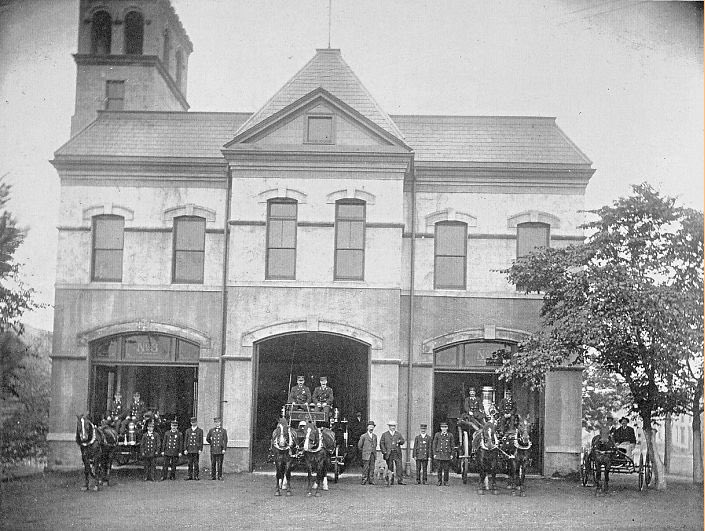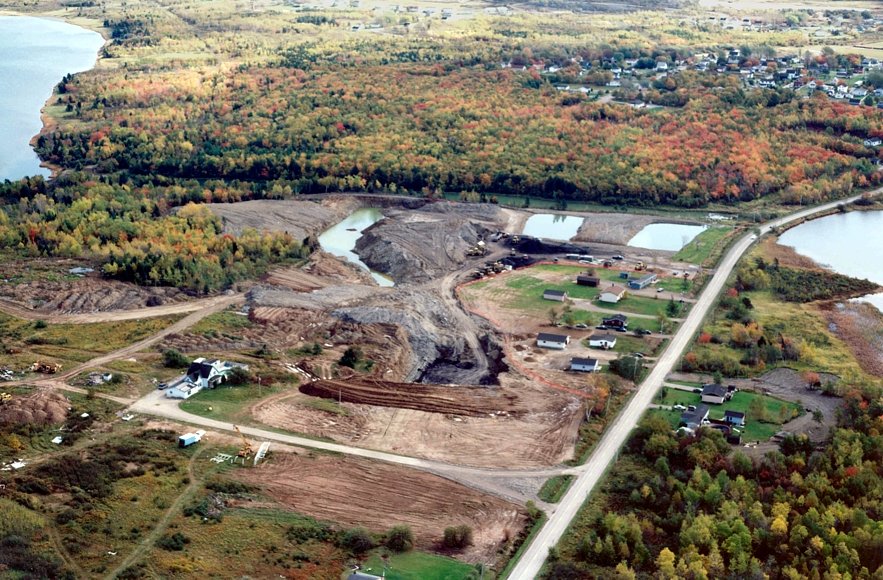We all love #PeggysCove for how beautiful it is but how it formed also offers a great geology lesson about the three types of rock:
#nspoli #cbpoli #novascotia #capebreton @TourismNS @BernJordanMP @Pier12Hugh @MattWhitman2020

#nspoli #cbpoli #novascotia #capebreton @TourismNS @BernJordanMP @Pier12Hugh @MattWhitman2020


IGNEOUS ROCK: Rocks formed by molten magma are called igneous rocks and can be fine-grained or coarse-grained depending on how closely to the earth’s surface the cooling occurred.
#nspoli #cbpoli #novascotia #capebreton @TourismNS
#nspoli #cbpoli #novascotia #capebreton @TourismNS

Granite is an example of a coarse-grained igneous rock which cooled relatively slowly beneath the earth’s surface. Granite is often exposed at the surface as overlying rocks are eroded.
SEDIMENTARY ROCK: Sedimentary rocks can be formed by 2 processes.
#nspoli #cbpoli #novascotia
SEDIMENTARY ROCK: Sedimentary rocks can be formed by 2 processes.
#nspoli #cbpoli #novascotia

The first process is the laying down, over time, of weathered material on the Earth’s surface or under the oceans. The 2nd process is the evaporation of seawater to leave behind deposits of minerals like salt and gypsum, called evaporites.
#nspoli #cbpoli #novascotia @TourismNS
#nspoli #cbpoli #novascotia @TourismNS

METAMORPHIC ROCK - A third type of rock, called metamorphic rock, may be formed from sedimentary or igneous rocks. Through heat and pressure, new minerals form in the rocks, transforming the rock’s original appearance and both chemical and structural properties.
#nspoli #cbpoli
#nspoli #cbpoli

The rocks may be so altered that the original rock type may be difficult to identify.
#nspoli #cbpoli #novascotia #capebreton @TourismNS
#nspoli #cbpoli #novascotia #capebreton @TourismNS

The rocks at #PeggysCove began 470 million years ago as mud and sand in a deep ocean basin near ancient Africa. They built up and were eventually compacted into shale and sandstone (sedimentary rocks).
#nspoli #cbpoli #novascotia #capebreton @TourismNS
#nspoli #cbpoli #novascotia #capebreton @TourismNS

As tectonic plate movement caused North Africa and North America to collide 400 million years ago, the shale and sandstone were squeezed between the two continents and heat and pressure transformed them into slate and quartzite (metamorphic rocks).
#nspoli #cbpoli #novascotia
#nspoli #cbpoli #novascotia

Heat from the continental collision also melted rock at the base of earth’s crust 375 million years ago. The molten granite was less dense than the solid rocks around it so it rose through the earth’s crust like a piece of wood rises through water.
#nspoli #cbpoli #novascotia
#nspoli #cbpoli #novascotia

As it rose and got further from the heat deep inside the earth, it cooled and solidified several kilometres below earth’s surface.
#nspoli #cbpoli #novascotia #capebreton @TourismNS
#nspoli #cbpoli #novascotia #capebreton @TourismNS

Uplift (upward pressure) from the collision continued to push the granite toward surface, while weathering and erosion removed the slate and quartzite above. Eventually erosion exposed the granite (an igneous rock) at surface, where it is now.
#nspoli #cbpoli #novascotia
#nspoli #cbpoli #novascotia

Nova Scotia has amazing geology and #PeggysCove is just one of the many beautiful places we can visit as we “staycation” this summer.
#nspoli #cbpoli #novascotia #capebreton @TourismNS
#nspoli #cbpoli #novascotia #capebreton @TourismNS

• • •
Missing some Tweet in this thread? You can try to
force a refresh



























